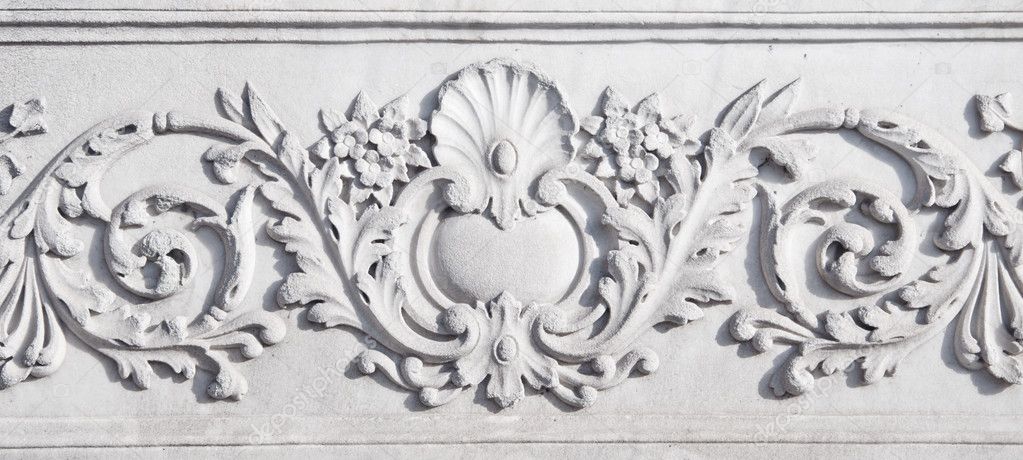Marble has historically played a significant role in various civilizations and cultures, finding extensive use in architecture, sculpture, and decoration. Here are some key points about the history and cultural importance of marble:
Ancient Greek and Roman Periods: Ancient Greece and Rome extensively utilized marble in the construction of many famous structures and sculptures. Classical Greek temples like the Parthenon and grand monuments like the Colosseum in Rome are exemplary showcases of marble's aesthetic and durable qualities. In the Roman Empire, marble became a symbol of wealth and grandeur.
Medieval and Renaissance Periods: During the Middle Ages, marble was frequently used in the architecture of European Christian churches and cathedrals. The Renaissance period, characterized by a longing for ancient Roman and Greek culture, witnessed a resurgence in the popularity of marble in art and architectural structures. Notable works like Michelangelo's ``David`` and ``Pieta`` underscored the artistic importance of marble during this era.
Ottoman Empire: In the Ottoman Empire, marble was widely used in architecture and decoration. Many historical landmarks, such as Ottoman palaces, mosques, and fountains, reflect the elegance and richness of marble.
Modern Era and Cultural Symbol: Today, marble continues to be used in various fields such as architecture, interior design, and sculpture. The natural beauty, durability, and diverse color options of marble make it an indispensable element in the construction and design of modern structures. Additionally, the historical and cultural significance of marble has elevated it to the status of a cultural symbol.
Marble, with its extensive use throughout history, has become an essential part of our cultural heritage, leaving a unique imprint in the fields of art and architecture for many civilizations, thanks to its aesthetic appeal and durability.


